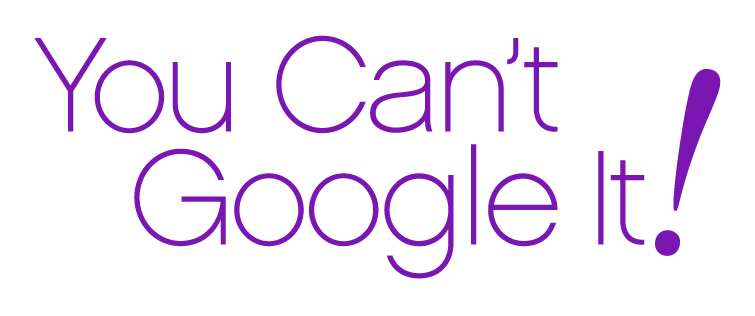How to Fix Broken Work, Starting Now
/If work as we know it is broken, as a large part of the talentforce seems to believe, how do we fix it?
In the majority of organizations, the relationship between employer and employees is “strained,” if not painful or toxic. People say they want community or connectiveness, but instead they are divided, reluctant to reach out first or not even have the space or time to do so. Since the onset of the pandemic many have forgotten how. And the employer’s emphasis is still the “trading time for money” model.
Despite talk of DEI, powerful commitment to bridge differences tends to be slow, less effective than desired, or absent altogether. Diversity officers and directors may be expendable in management’s eyes when personnel cuts have to be made.
All of the above are symptoms. Let’s address root causes, which are, for example, often fears of:
Rejection
Being replaced by someone with more vision and different workstyle
The unfamiliar – out of one’s comfort zone
Being called out by a leader
Making a cross-cultural blunder
Changing this dynamic is a challenge I would readily take on.
I provide guidance for multi-generational organizations to recognize, understand and address generational and multi-cultural perspectives and world views that cause conflicts among co-workers or with managers, or clients so that they eliminate or solve roadblocks for both individual and organizational success and retain valuable talent.
Our newest service, Mentoring Momentum, provides mentor teams who bring together different perspectives from a combination of generations which enables better cross-generational and cross-cultural understanding and communication. This builds trust, inclusion and belonging to uncover the smoothest path to roadblock removal and deliver organizational success.
Similar to fixing broken personal relationships, broken work doesn’t get fixed by hiding or ignoring the causes. It’s messy work, but consider the negative results of long-term toleration of broken work cultures and the employer-employee relationship. Restoring or building a better partnership has the potential of retaining talent, increasing their motivation and engagement, more stability and productivity and innovation. If that’s not the direction you see now, it’s overtime for change.
How to begin?
Determine root causes for the problems by asking such questions as:
Who are the central players or the targets of a controversy?
What could the possible motivations (often more than one) be? • Are their core values being challenged?
What might be most important for them to achieve this year? e.g., money, power, recognition, autonomy, flexibility
How has the experience at work been in the last year? What could improve it?
Are they feeling disrespected? Receiving micro aggressions?
And more
After each response, encourage “Tell me more” to probe deeper and show caring.
Call to Action: Contact me at https://youcantgoogleit.com/contactor pwhaserot@pdcounsel.com for a list of good questions to discover root causes, obstacles or pain points and design a strategy and language for solutions.
© Phyllis Weiss Haserot 2023.


